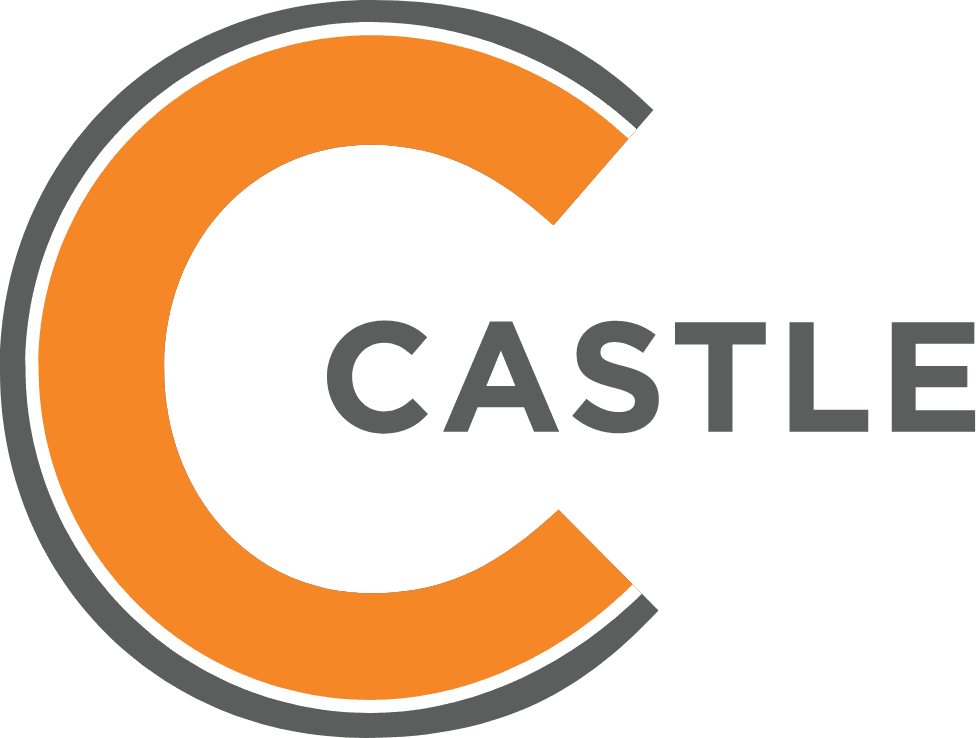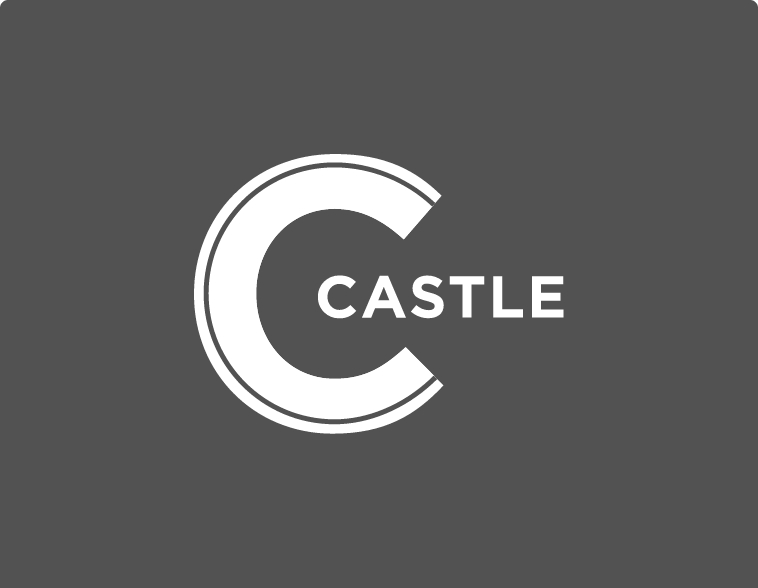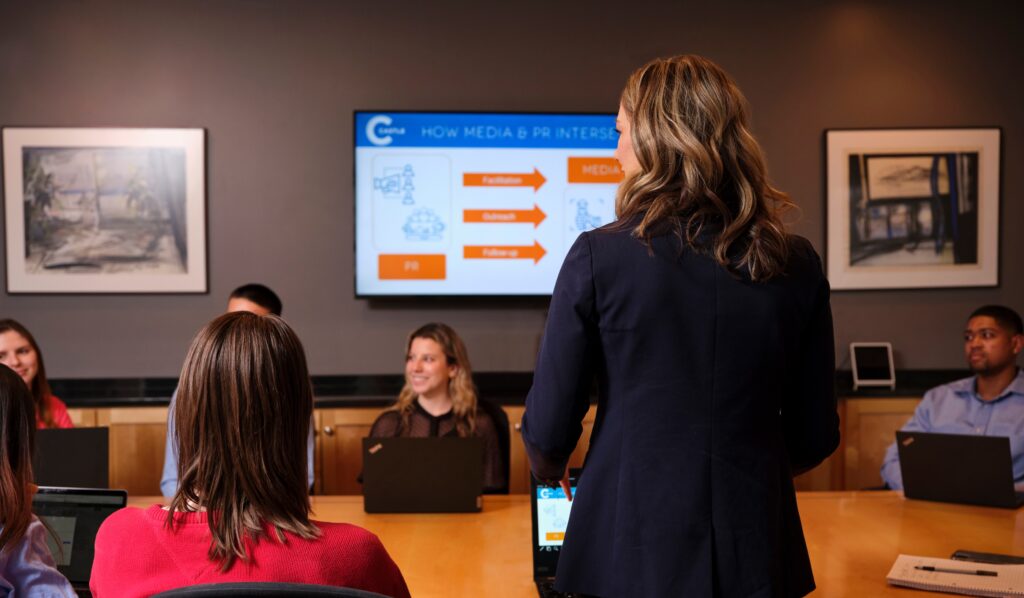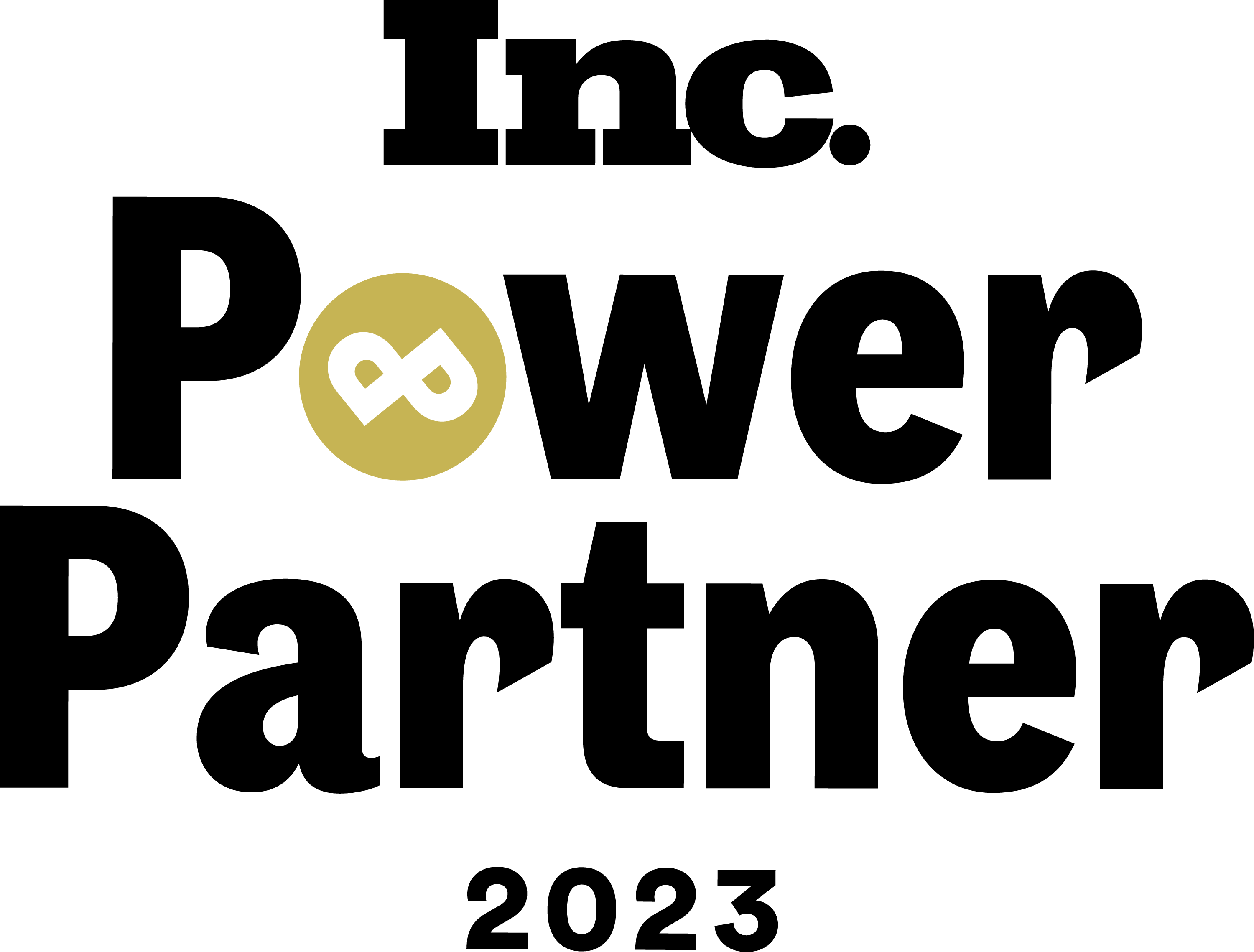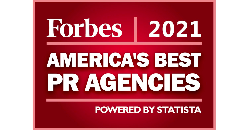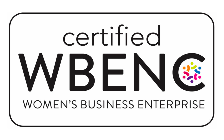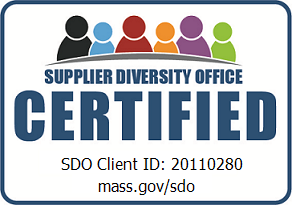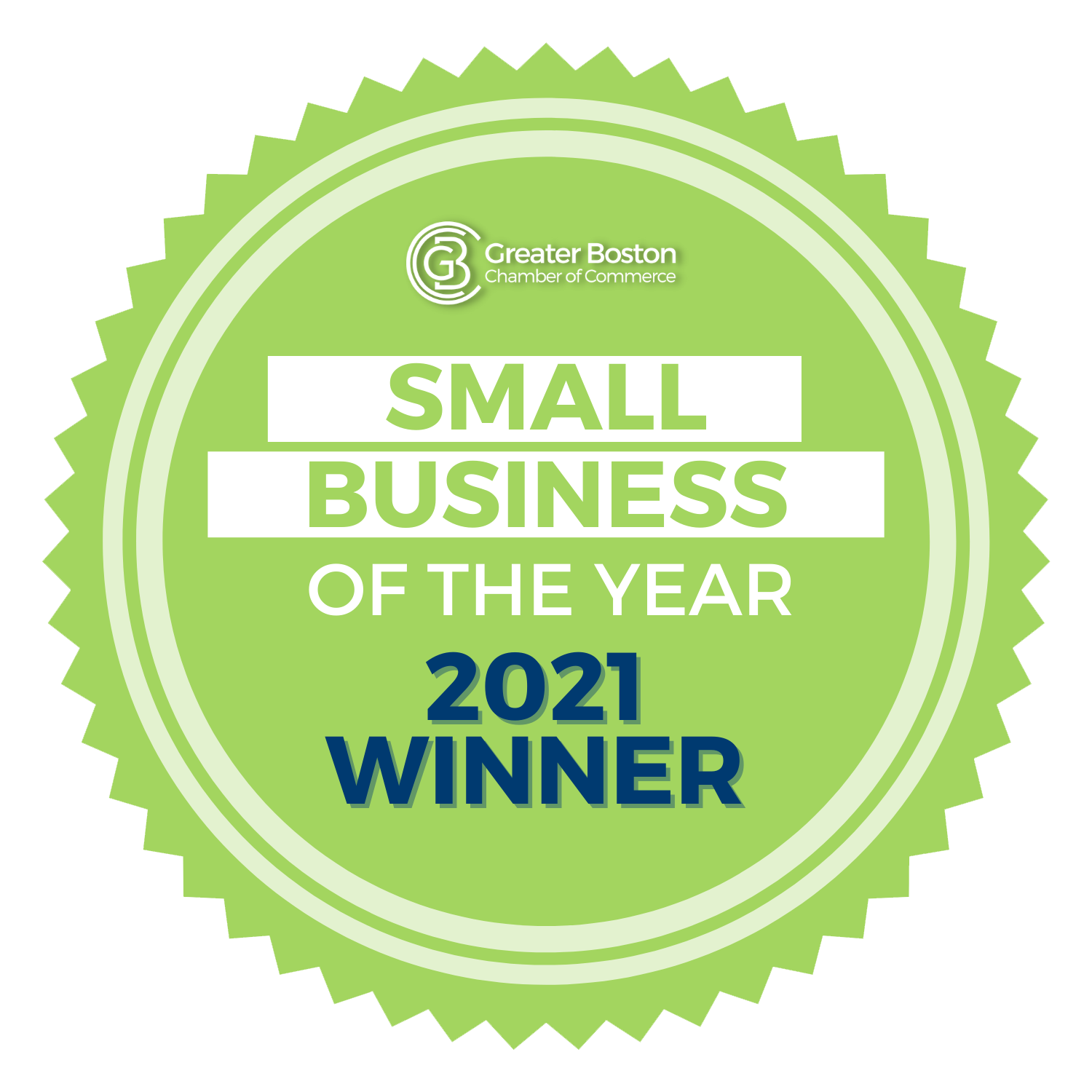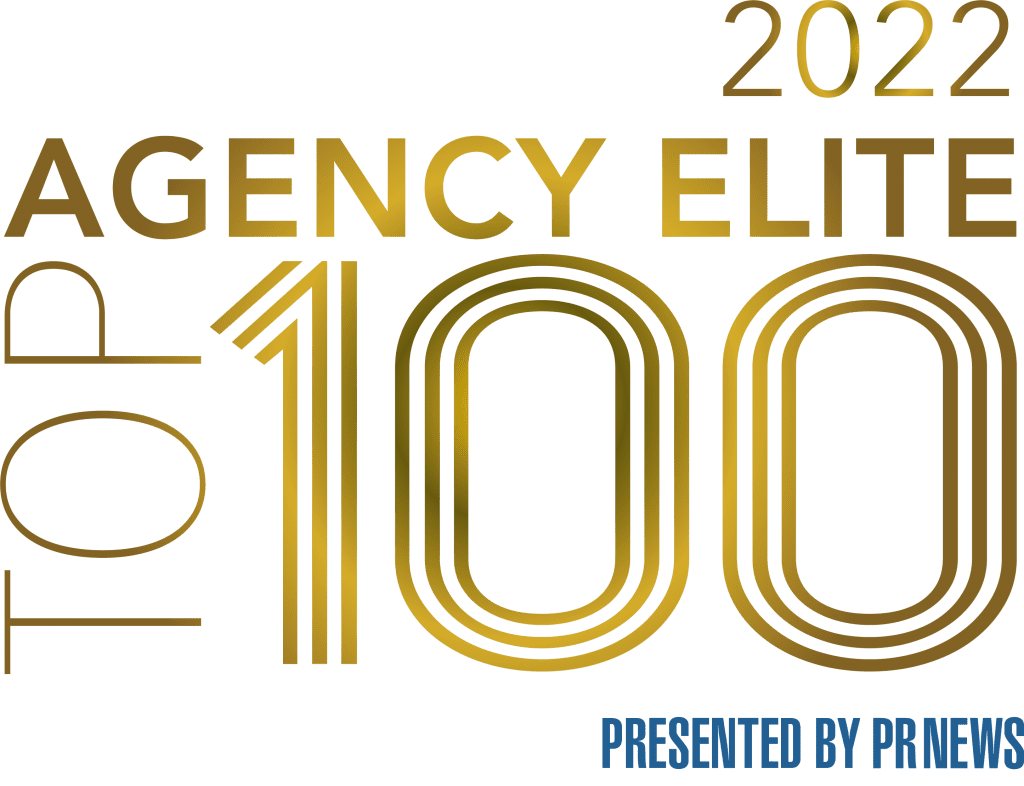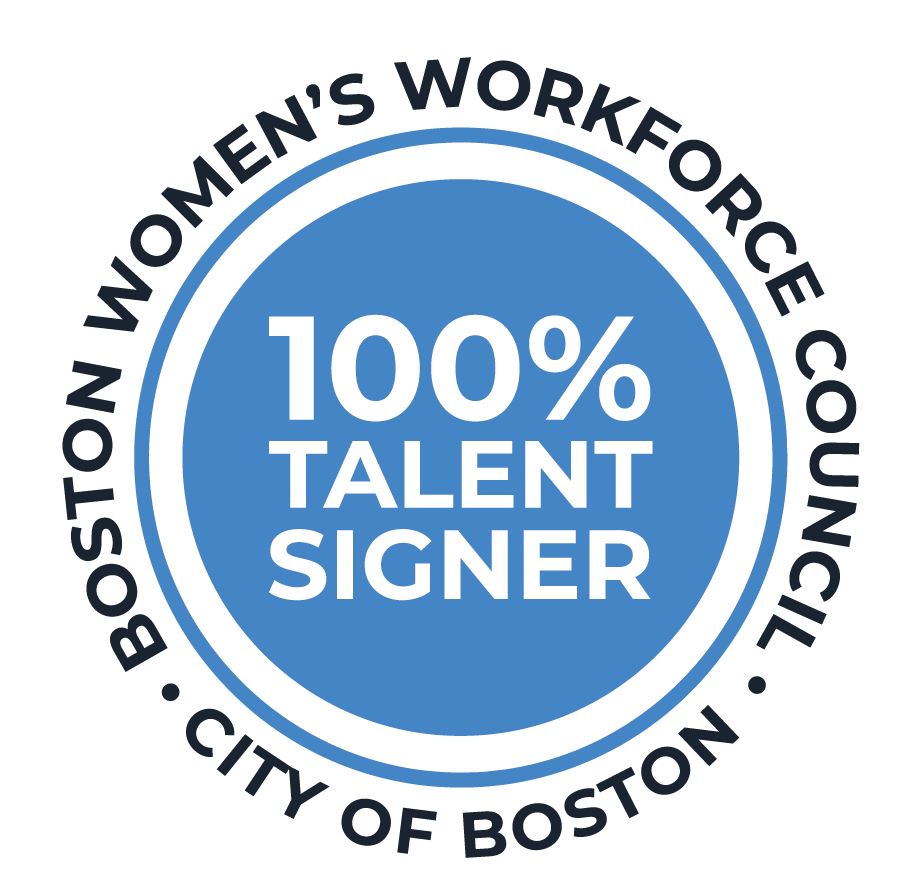What is happening around you – trends, topics, local, national and global events – can impact your organization’s presence in the media as well as influence your communications strategies, either directly or indirectly. The events of the past two years, with nearly every industry impacted by the ongoing COVID-19 pandemic, have proven that time and again.
Media monitoring – scanning through print, online, and broadcast media to track certain topics and trends within a given industry – is useful to any organization and an essential component to Public Relations. It allows you to get ahead of crises quickly and effectively and look out for positive and negative chatter around your brand. An effective media monitoring strategy contributes to a company’s long-term success, relevance, and reputation.

There are many ways to monitor media. Simple Google alerts, social media scans, and using subscription platforms can make the job easier. Doing a combination of the above will ensure thorough monitoring.
But to optimize the impact of media monitoring, there’s another step to take. Once you have monitoring set up, the most adept marketers and PR professionals can use the information they are gathering to support their company’s marketing and PR efforts:
Crisis Communications
This is the least fun, but arguably most important component of media monitoring. Crisis is inevitable. Companies must always be prepared to respond to negative comments or attention quickly before it turns into a disaster. Being proactive and catching a potential crisis prior to it snowballing is critical to protecting your brand and company name.
It’s good business for companies to stay aware of their market, periodically scanning the internet and keeping a keen eye on relevant news stories. Keyword searches are especially useful since they home in on your specific needs. However, keyword searches may not cover everything. It’s important to set up alerts with relevant words and phrases. This can pick up any mentions or news you missed and allow you to see stories of interest in real time. Some subscription platforms aid in this particular area as well.
By understanding the crisis and how the public is reacting to a developing situation, your company can create the appropriate messaging when drafting statements for the public as well as internal communications and outreach to key stakeholders. Understanding what is being said about your company in a time of crisis is critical in avoiding further backlash, improving your view in the public eye and protecting your brand.
Media Coverage
Media monitoring isn’t only about searching for negative attention around your company. When undertaking a proactive PR campaign – such as pitching and sharing positive news stories about your company with the media – there will hopefully be good news generated from that outreach. Gathering and organizing positive attention will help you keep track of the news you will want to share with your community.
Sharing positive media coverage with others can elevate your platform and attract more interest from other reporters, outlets or potential clients. These news stories are great to jump on, whether for relationship building with the writer for future opportunities or forming valuable relationships in the community.
Reporters don’t want to be the last one to get in on a big story, so sharing coverage with other outlets who may cover similar beats can often lead to more coverage. Think of it as a snowball rolling downhill. Once you start building momentum in the news, use the coverage you’ve already identified to gather more.
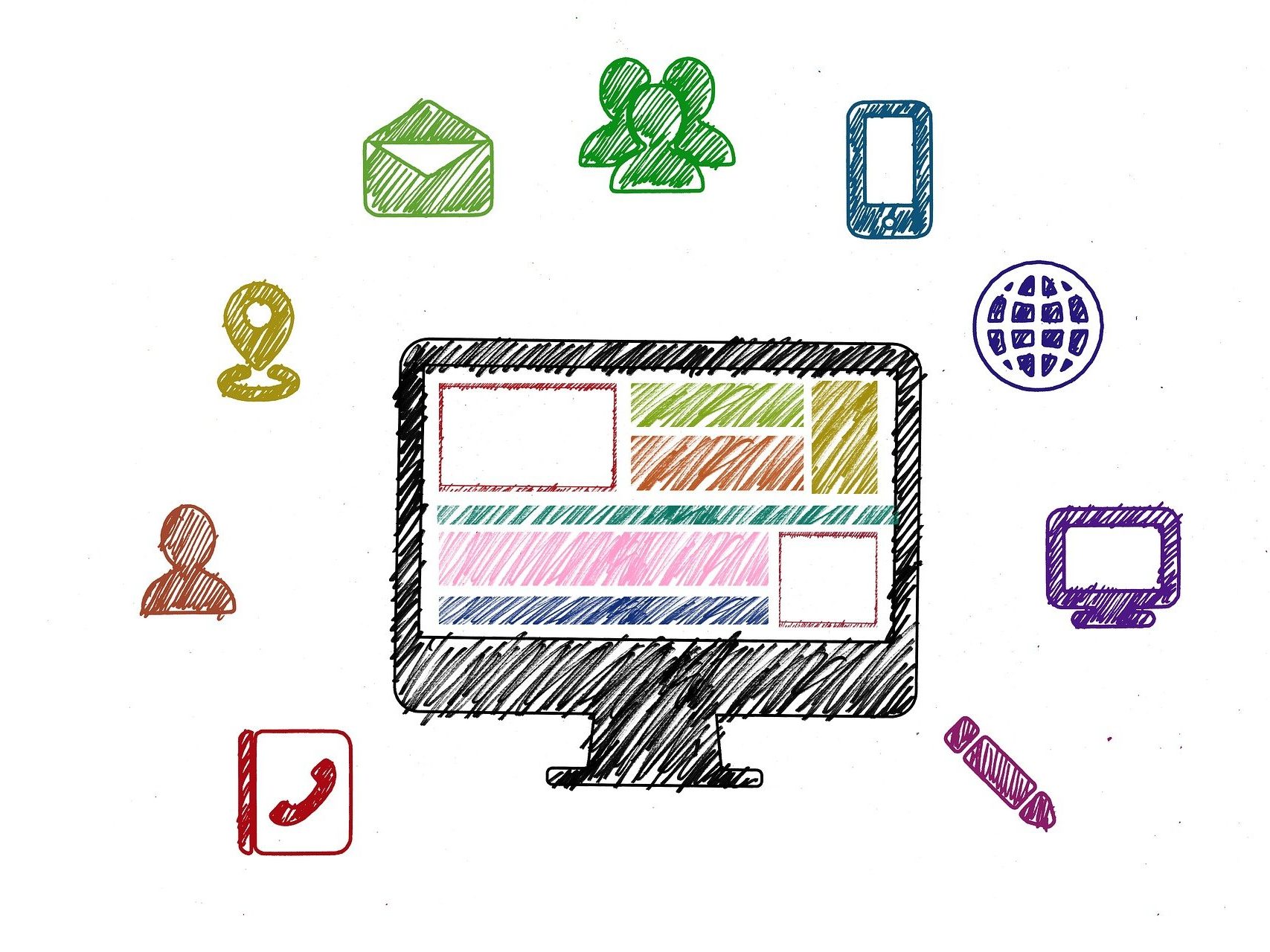
Content Creation
Whether for social media, pitching, or simply generating ideas, media monitoring will help you create better content. Catching new topics and trends that relate specifically to your industry is key to gaining an advantage over competitors. Being one of the first to reach out to media with an expert resource on a story that is in the news can garner a significant amount of media attention before the topic becomes stale or saturated with coverage.
Once you obtain earned media, your company can utilize this tool to extend the life of coverage. For example, if your company places a contributed piece in a popular publication, you can turn around and amplify the news as blurbs on your social media channels over a longer period. Photos, videos, and blogs are also great ways to extend the life of your news and media coverage – making your company more relevant to your followers and target audience.
Crisis communications, media coverage, and content creation are all important ways to help your company best utilize media monitoring. Combining these tools will promote your organization, keep an eye out for potential issues, and help connect with your target audience.
